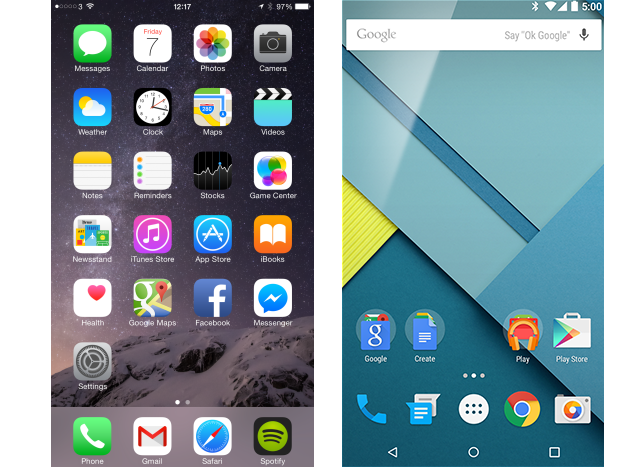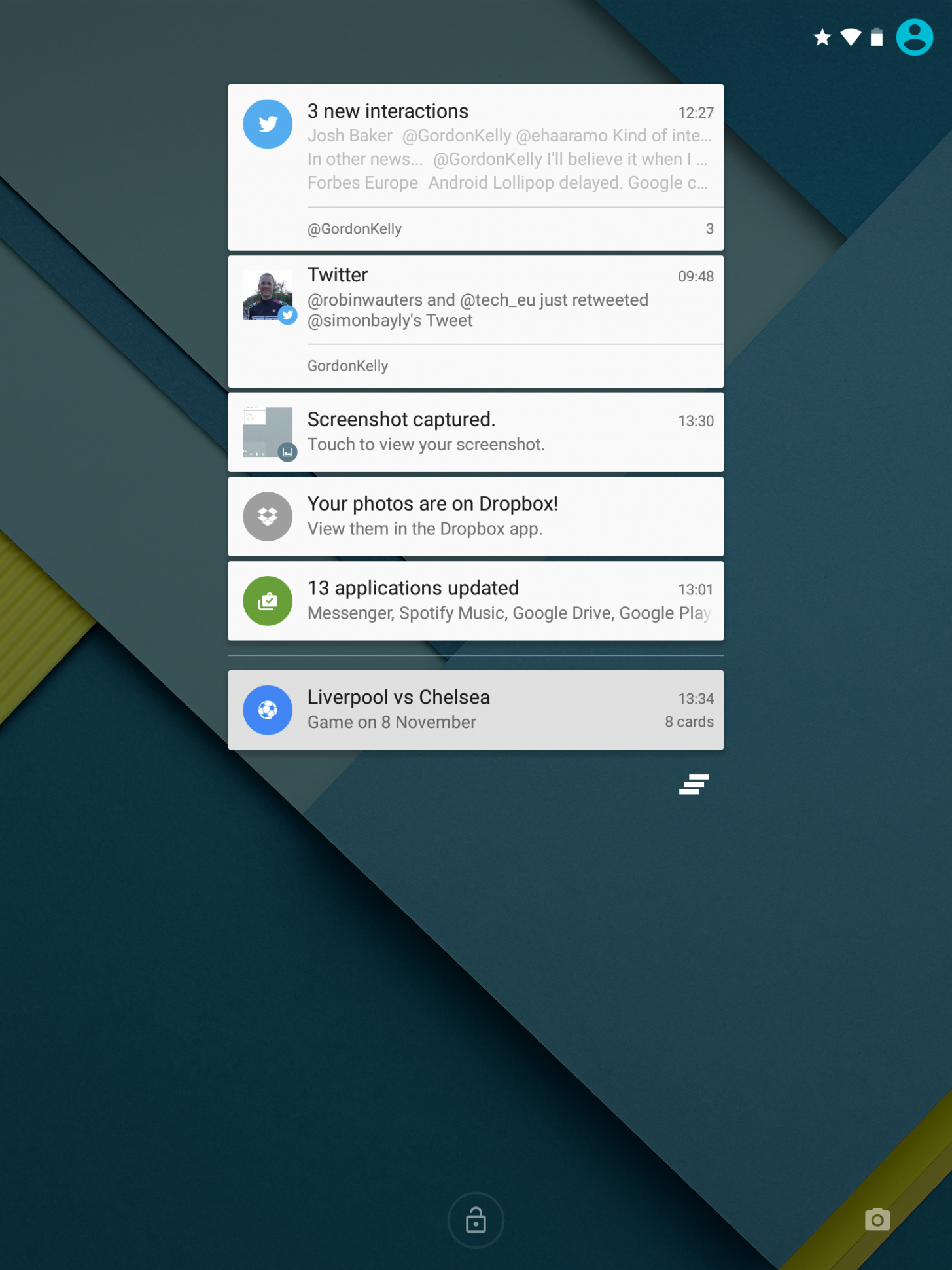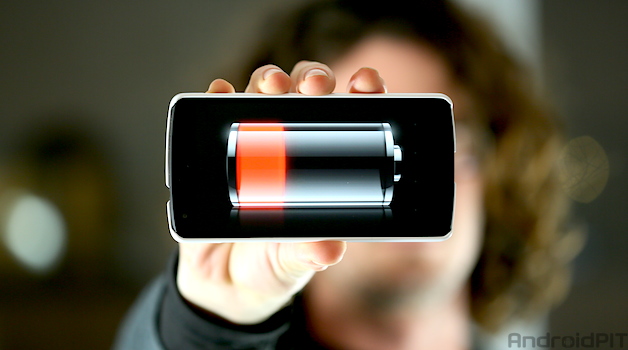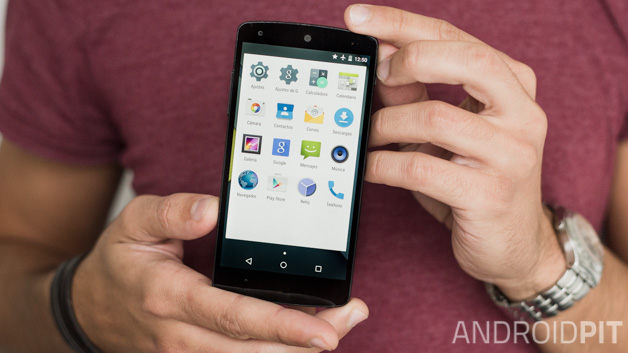iOS 8 Vs Android 5.0: Which OS Is The King?
The battle of supremacy in the operating systems platform does not get any better than between Apple's iOS 8 and Google's Android 5.0 Lollipop. While Android Lollipop features a radical design overhaul since the first product was launched in 2008, iOS 8, on the other hand, is the biggest iOS release ever.
Design: Material Design Vs Flat Design
For Apple the hard work was done last year with iOS 7. Out went Steve Jobs’ beloved skeuomorphism and in came minimalist flat design. It wasn’t met with universal praise and it certainly became more cartoonish, but iOS 7 was clean, modern and established Apple’s new design language. iOS 8 builds on this good work adding more consistency and refining iconography, but it also has some smart design tweaks with regards to notifications, widgets, multi-tasking and keyboard interaction.
forbes.comGoogle on the other hand decided to stick with a material design that portrays more physicality than superficiality. Android Lollipop 5.0 comes with physical rules on how buttons should react when pressed and how different UI layers should interact as well as how animations are triggered. Google believes this attributes will go a long way in allowing users understand whatever will be happening on the background. The main difference in this case is that Android remains more design focused than iOS 8.
Comparing the iOS 8 and Android 5.0 Lollipop is a shock, because for the first time in Android history it has become more design focused than iOS. The ugly duckling is finally a swan. Its design is both visual, instructional and altogether more ambitious.
forbes.comFeatures
Android 5.0 Lollipop screen lock has radically updated notifications and automatic facial unlock
Image via forbes.comThe tables are turned when it comes to features. While Lollipop is all about refining existing functionality, iOS 8 takes major steps forward. It must be said that for the most part the two operating systems are still in the habit of ripping off the best aspects of one another, but this is no bad thing. For example, iOS 8 now kills annoying pop-ups with more discreet notifications, the majority of which are also now actionable like in Android (for example, reply direct from a new message notification). It also supports Widgets like Android but only within the Notification Center and has song recognition built into voice searches like Google Voice Search.
Google, on the other hand, has not incorporated new features like Apple on Android 5.0 Lollipop. Notifications, which have been a driving force for Android platforms now come with a new look with pull-down shortcuts and quick shortcut expands. Google has also refined multitasking capability of the upgraded platform with the App Switcher interface. Lollipop also does copy the Do Not Disturb mode from iOS.
The major difference between iOS 8 and Android Lollipop comes on the security front. Apple users will unlock their devices using a TouchID whereas Android users will perform handset unlocking via automatic facial recognition.
Camera – Software Vs Hardware
One of the less discussed areas of major change in both iOS 8 and Android 5.0 Lollipop is their bolstered camera software. iOS brings a timer mode, manual exposure control, enhanced photo editing (colour/brightness) and time lapse video. Lollipop does less, but makes one crucial change: direct access to edit RAW files.
This single change in Lollipop is huge and early tests show it can dramatically improve the images produced by every single smartphone or tablet once it is installed. This could close the gap on iOS’s biggest advantage: Apple’s bespoke image processing which is tailored to each iPhone’s specific camera sensor. Android can’t hope to do this given the huge variety of hardware it runs, but access to RAW files means some incredible third party apps can be written for specific handsets.
Furthermore Google itself should be able to produce enhanced end results and take some of the pressure off Android handset makers to keep coming up with ever greater and higher megapixel lenses to compensate.
forbes.comBattery Life
One of the (quite right) stereotypes about iOS is that it is more efficient than Android. It runs faster on weaker hardware and is less of a battery drain. Or it was. Google started the fightback with Android 4.0 KitKat, recoding the platform from the ground up to run smoothly on even low end hardware (as best demonstrated by Motorola’s Moto E and Moto G). Now Android 5.0 Lollipop is finishing the job by dramatically improving battery life.
forbes.comBottom line
Both platforms are poised to be game changers in the devices they will be powering with iOS offering more flexibility and functionality than previous updates. Lollipop, on the other hand, comes with a class leading design with speeds able to match whatever Apple produces.



